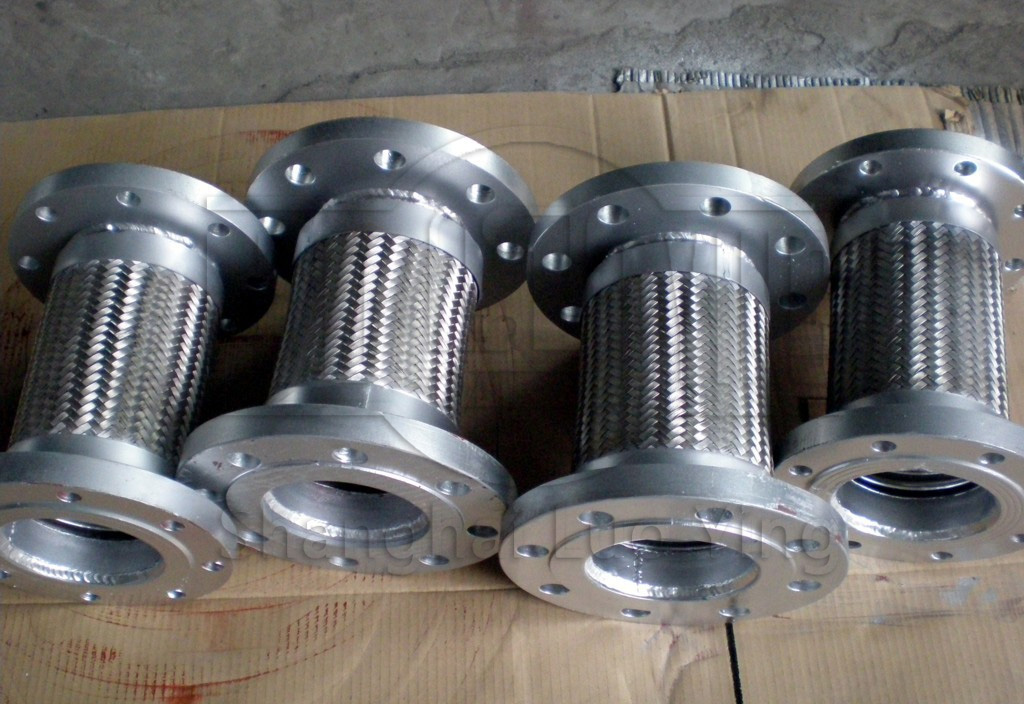Stainless Steel Bidirectional Expansion Joints Selection Principles.
Aug-23-01
Stainless Steel Bidirectional Expansion Joints Selection Principles.Choosing the right stainless steel bidirectional expansion joints is crucial for ensuring the proper functioning and longevity of a piping system. These expansion joints are designed to absorb both axial and lateral movement, as well as vibrations and thermal expansion. In this article, we will discuss the principles to consider when selecting stainless steel bidirectional expansion joints, including the application requirements, design considerations, material selection, and industry standards.
The first principle to consider when selecting stainless steel bidirectional expansion joints is to understand the specific application requirements. This includes determining the movement capabilities required, such as axial, lateral, or angular movement. Additionally, considering the temperature and pressure conditions that the expansion joints will need to withstand is crucial. Understanding the environmental factors, such as exposure to corrosive substances or extreme temperatures, is also essential in selecting the appropriate expansion joints.
Next, it is important to consider the design considerations specific to bidirectional expansion joints. These joints should have the ability to absorb both axial and lateral movement simultaneously. The design should allow for flexibility and proper alignment to accommodate the intended movement. Consideration should be given to factors such as the number of convolutions, the design of the end connections, and the overall shape and configuration of the expansion joint. The design should be optimized to prevent excessive stress or strain on the joints during operation.

In addition to the application requirements and design considerations, industry standards play a significant role in the selection process. There are various industry standards that provide guidelines for the design, manufacturing, and performance requirements of bidirectional expansion joints. These standards ensure that the expansion joints meet the necessary quality and safety standards. It is important to consult these standards and ensure that the selected expansion joints comply with the specific requirements of the application.
When selecting stainless steel bidirectional expansion joints, it is advisable to consult with manufacturers or suppliers who specialize in these products. They can provide expertise and guidance in choosing the right expansion joints based on the specific application requirements. They can also provide technical specifications, performance data, and certifications to ensure the reliability and performance of the selected expansion joints.
In conclusion, selecting the right stainless steel bidirectional expansion joints requires considering the application requirements, design considerations, material selection, and industry standards. Each of these principles plays a crucial role in ensuring that the expansion joints can accommodate the intended movements, withstand the operating conditions, and meet the necessary quality and safety standards. By following these principles, operators and engineers can make informed decisions and select the most suitable stainless steel bidirectional expansion joints for their piping systems.

